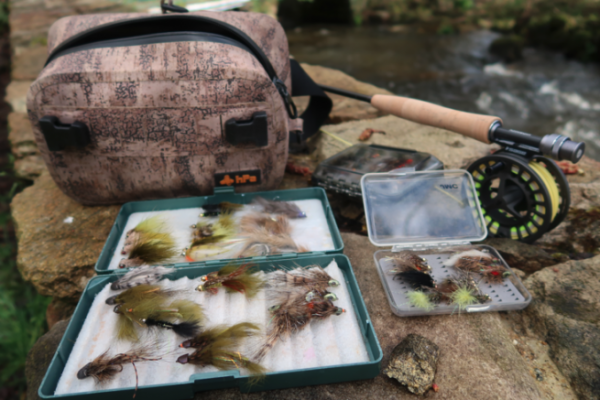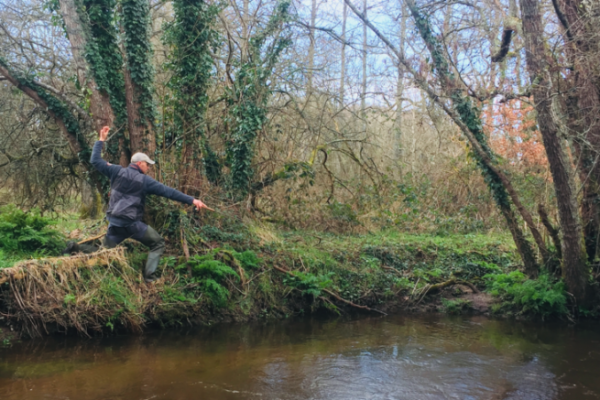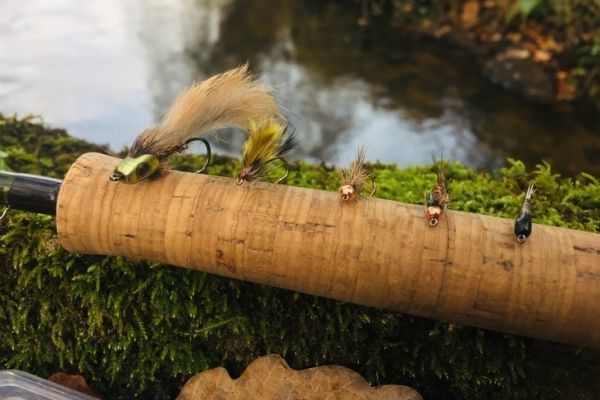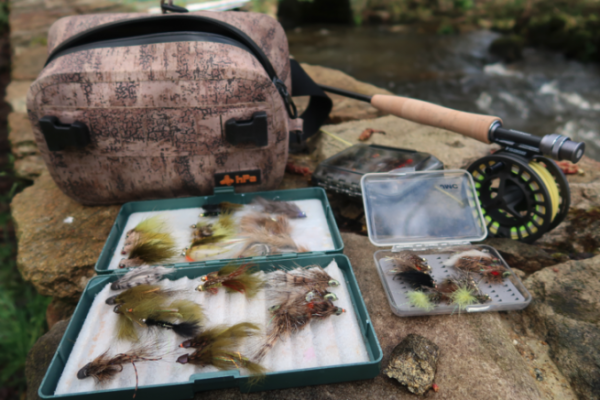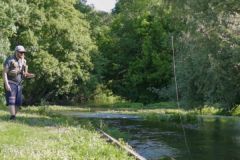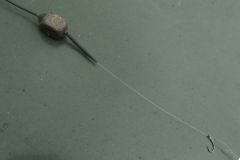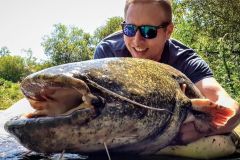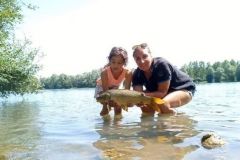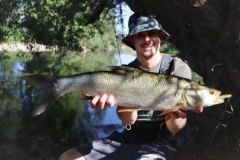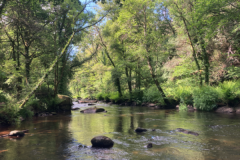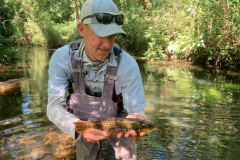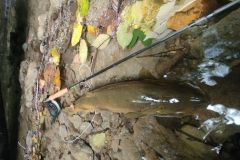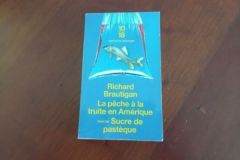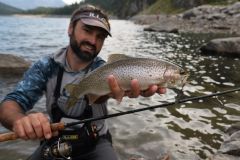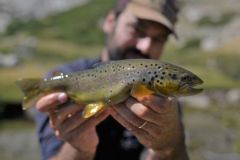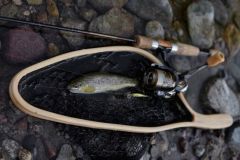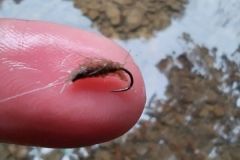The streamer is a decoy fly that imitates small fish, large larvae or leeches.
They are therefore often imitative in representing an everyday prey.
They can also be used as an incentive to trigger the aggressiveness of a predator or carnivore.
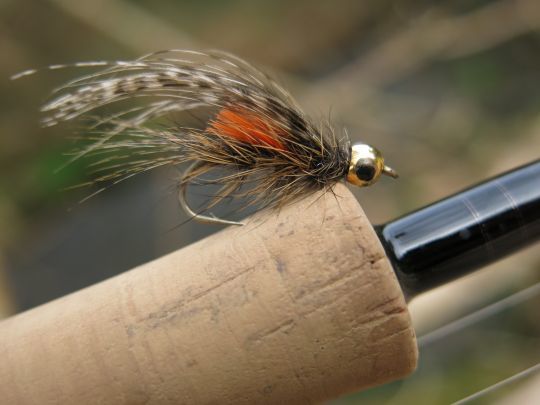
When to use streamers
Streamer fishing, like any other technique, can be practised all year round. Trout are carnivorous and will also hunt and feed on big bites, including small fish, larvae and any other prey that may pass close by.
It is therefore possible to fish with a streamer even in the height of summer, particularly in the early morning and late evening when the trout may be on the prowl.
Nevertheless, streamer fishing is more often used for trout at the start of the season in cold, high water, as the streamer allows you to fish fairly close to the bottom and trigger fish in search of high-calorie prey.
Trout regularly feed on minnows, loaches, sculpins and even juvenile trout throughout the day. The bigger they are, the more trout will focus on larger prey.
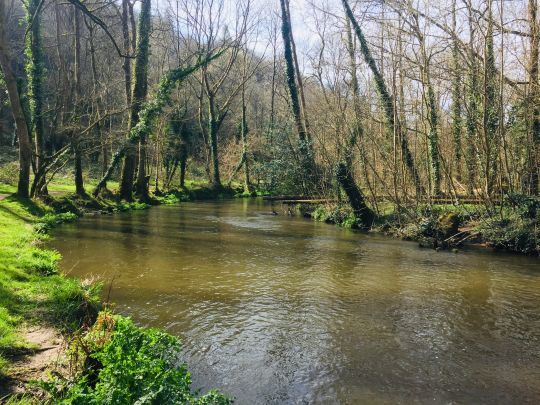
A technique in its own right
The technique consists in moving your streamer, which very often imitates a prey encountered in the river (fish, larvae, etc.) and prospecting various interesting areas where trout come to hunt and post up. Areas of riffles, edges of currents and around obstacles are all good places to look.
Fishing is mainly done downstream, where the fly is cast at an angle of 90° to 30° to the opposite bank, depending on the depth and speed of the current. The fly is first cast downstream, then animated to imitate the swim of a drifting, swimming or wounded prey. Upstream casting is also possible, especially to make the fly sink even more.
You can either make inert drifts (without animation) to imitate a prey going downstream, especially in strong currents or very cold water, or animate your fly to give it life and simulate its usual behavior. In this case, you'll use short pulls and releases, or strips to bring your fly back to the bank you're on. Don't hesitate to animate your fly along the banks, as they are excellent spots for trout, especially at the start of the season.
The wire streamer
In recent years, with the development of nymph fishing with wire (NAF), some anglers, including myself, have been using this equipment and technique with a small streamer, often of a smaller size (for better penetration in the water and easier casting) to prospect spots as with nymph fishing. The nymph is replaced by a streamer, often mounted on a jig hook and tied on a stronger line in size 14/16 or 18°. Most of the fishing is done in inert drifting, but you can also fish upstream as you would with a nymph on a wire.
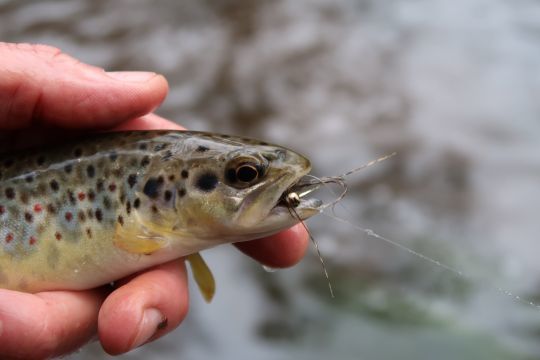
Equipment for streamer fishing
Streamer trout fishing is generally done with special equipment, as flies of a certain size have to be cast.
Depending on the size and depth of the river, it's common to use 9-foot 5 silk rods, but especially 6 and 7 silk rods, or even longer. On very large rivers, it's also possible to use switch or trout spey rods to cast farther, but also heavier lines or tips.
WF lines are generally used for ease of casting, whether rolled or overhead.
In order to offer your fly at the "right stage", it's common to use plunging tips called versileader or polyleader, which will slow down the drift and present your fly closer to the fish. A bit like fishing for migratory fish.
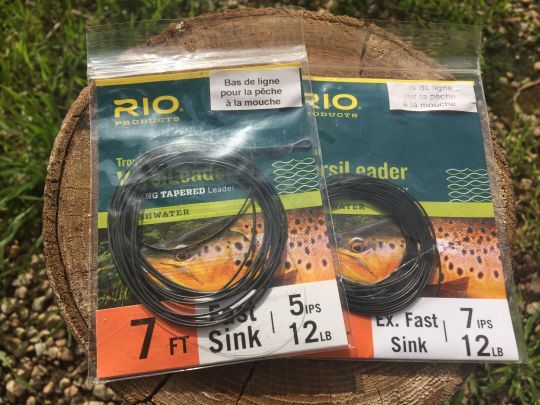
The tip is made of a single strand with a diameter adapted to the size of the fish you're after, which often varies from 16° to 25° or even more.
The most commonly used streamers are imitations of minnows, sculpins or leeches in natural colors ranging from beige, brown, olive to black. White can be added to these colors, which can work really well, as well as brighter colors (as in reservoirs). They are often assembled with natural materials such as rabbit, marabou and various feathers and hairs.
However, it is possible to use coloured or shiny streamers made from synthetic materials.

 /
/ 